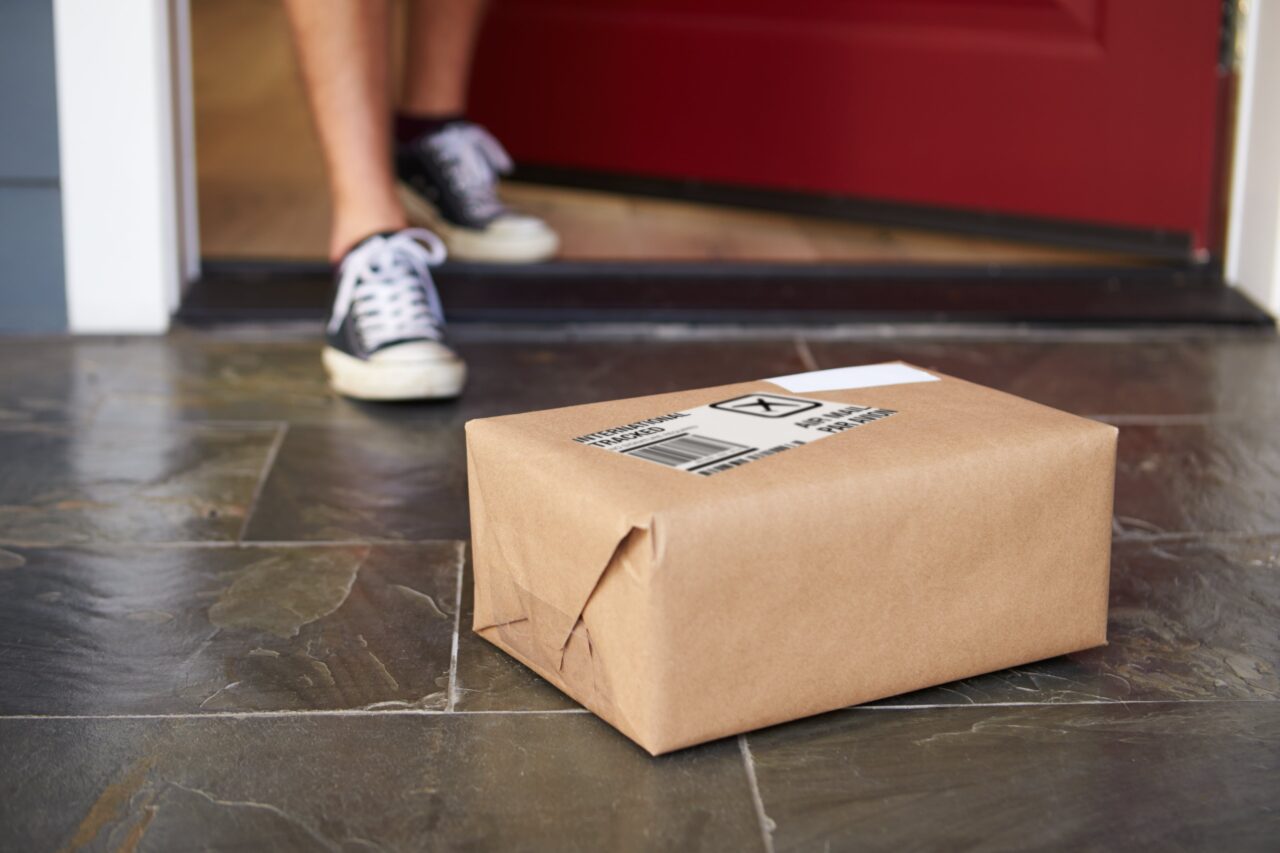How reducing their workrate can enable CEP operators to lift their sustainability
Sustainability is a key driver of innovation in the CEP industry, where working practices are subjected to closer scrutiny than ever before.

Sustainability is a key driver of innovation in the CEP industry, where working practices are subjected to closer scrutiny than ever before.
The focus on sustainability is starting to reframe not just the opinions of governments, regulators and investors but the public.
Increasing numbers of concerned customers are demanding delivery services that leave a minimal carbon footprint – a huge incentive to invest in sustainability, according to Thierry Golliard, Director of Innovation and Venturing at Swiss Post:
“Customers increasingly want environmentally-friendly services that lend themselves to the circular economy and sustainability.”
A recent DHL report in Europe found that while over half of online shoppers are prepared to pay more for green delivery options, over half also want deliveries to their home – a paradox surely?
Motorised deliveries to homes tend to be less green than a single drop-off at a PUDO (pick up, drop off) outlet such as a kiosk or a locker location – even if the vehicle is electric, according to a ScienceDirect report.
Firstly, there’s no guarantee the source of electricity is green. And secondly, there are the emissions produced during the mining of the raw materials to produce the batteries, along with the manufacturing of both the car and batteries to consider.
Elmar Toime, Postal and Logistics Strategic Advisory and Non-Executive Director at Qatar Post, concurs that PUDO deliveries make more sense sustainably:
“Green initiatives that may limit multiple vehicle entry into congested areas will favour centralised delivery points such as lockers.”
Deliveries by bicycle, e-bike or foot are more environmentally-friendly that using a vehicle. The emissions of a cycling journey are 10 times lower than one made on an electric vehicle, and 30 times lower than a petrol or diesel-fuelled vehicle.
Nevertheless, a more realistic option, given the time constraints of those options, is to reduce the number of deliveries.
A single delivery to a central depot will reduce:
Instead of asking customers what would be their most preferred delivery destination, the DHL survey should be asking what they wouldn’t be happy with.
Because the DHL finding that 80+ percent of online shoppers in the UK, Germany, Spain and France want to receive parcels at their homes is going to be understood by CEP operators that their main focus should be doorstep deliveries, when in reality many of these shoppers also want more sustainability.

CEP operators need to drop their preoccupation with how much end-consumers enjoy cosy deliveries at home and instead ask them how far they’re prepared to conveniently walk to pick up their parcel.
The industry calls this the ‘Slipper Distance’ – how far end-consumers are prepared to walk in their slippers.
Knowing the Slipper Distances of their end-consumers can enable CEP operators to hugely cut the ‘Cost of Drop’ – the number of parcels delivered per location.
This will make the Last Mile more viable and sustainable, contends Anett Berger Sørli, Investment Director at Bring Ventures and SVP at Next Studio:
“By streamlining delivery routes, minimising unnecessary stops and automating the delivery process, logistics providers can substantially cut operational expenses, ultimately making the Last Mile more cost-effective and environmentally-sustainable.”
Over half of all online shoppers value sustainability to the extent they are prepared to pay more for green delivery options, but are they being given the chance to choose them?
A Manhattan survey in August 2023 of Dutch online shoppers revealed that only 34 percent of consumers believe e-tailers actively indicate what is the most sustainable shipping option.
The majority, some 57 percent, think they could do better, and two-thirds think all webshops should offer both climate-friendly delivery and return options.
The practice of offering free returns, which serial shoppers often exploit to return goods without reason, is a huge concern to the industry. A 2022 report revealed that they contributed 24 million tonnes of emissions in the US alone.
All of this suggests CEP operators and e-tailers are not really giving online shoppers the chance to choose more sustainable delivery options. Furthermore, they are overlooking shoppers who value sustainability but don’t want to pay extra.
According to the DHL report, a whopping 69 percent would pay more for green options, but this need not be the case. Instead they could ‘pay’ by foregoing their doorstep delivery.
The report underlines how green options and sustainability are important to the majority of online shoppers:
The report also revealed how highly the customers value transparency about the companies delivering goods to their doorsteps:
Sustainability was a key focus in another, more recently-published DHL report urging CEP companies to embark on the road to decarbonisation by improving their supply chain optimisation, using sustainable fuels and adopting the latest technologies. As Katja Busch, COO, wrote in the foreword:
“The solution for making supply chains greener is not less globalisation or trade; it’s more collaboration and innovation.”
The report identifies the key components of an effective sustainability strategy:
The report underlines the importance of total transparency – urging CEP operators to maintain an ESG outlook without greenwashing – and embracing digital technology, which the WEF estimates has the potential to deliver one-fifth of the emission cuts needed to achieve net zero by 2050 in the three highest-emitting sectors: energy, materials and mobility.
Having considered the ingredients of what makes a CEP operation sustainable, the operators need to reformulate their sustainability roadmaps. It can be valuable for CEP operators to consider these approaches:
CEP operators are best advised to seize back control of the sustainability narrative and be more communicative with customers in the future – particularly regarding their options. Data will help them, but it must be used smartly.